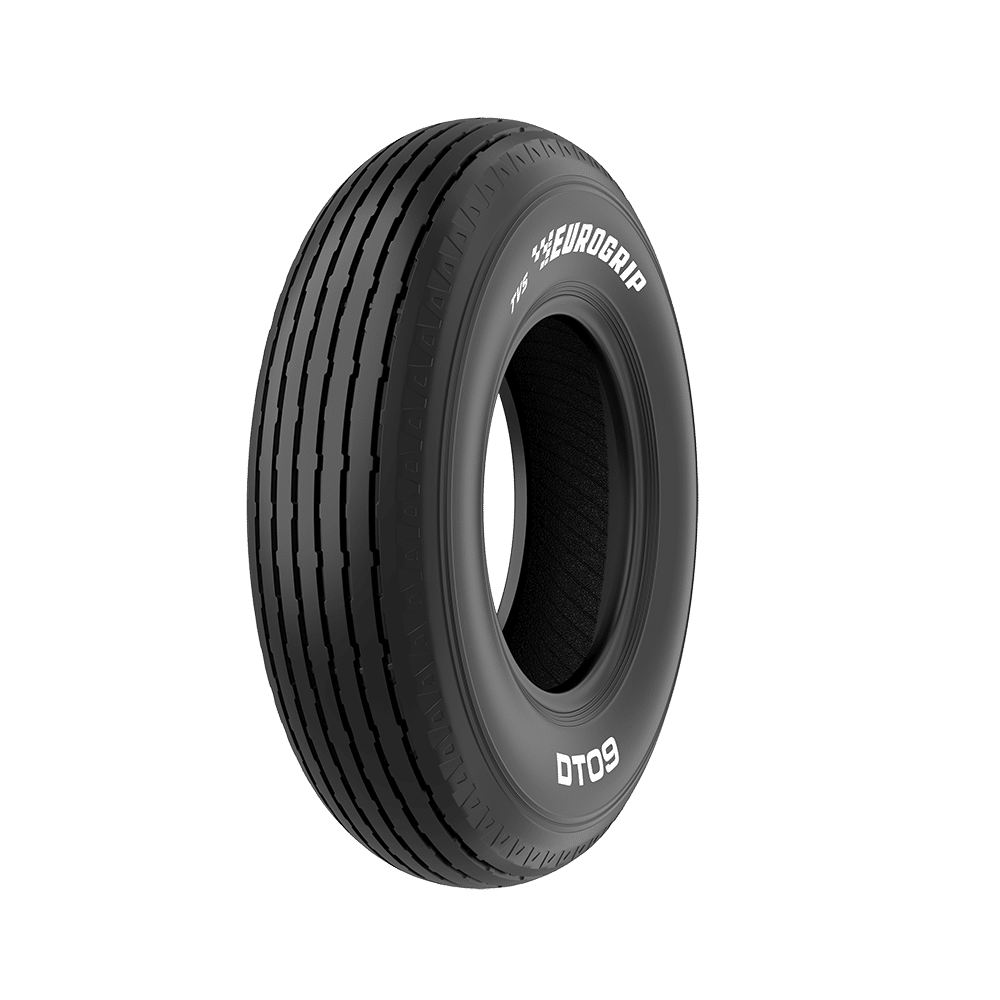Tractors drive the backbone of farming tasks, but their performance depends heavily on choosing the right tyres. The Agricultural Tractors Tyre Guide helps you understand tyre types—drive tyres, front rib/steering tyres, implement tyres—and match them to your tractor’s drive configuration (2WD, MFWD, 4WD), load demands, soil conditions, and field vs. road use.
Types of Tractors & Their Tyre Needs
2WD Tractors
These have power only at the rear wheels. They are common in flatter or smaller farms. They need strong rear drive tyres for traction, and front steering tyres (ribbed) for stability and precise control.MFWD (Mechanical Front-Wheel Drive) Tractors
These work by activating the front axle when the rear tyres begin to slip. They offer better traction without always having the weight of a full 4WD. For MFWD, tyres should support both field traction and transport tasks. Radial drive tyres help with fuel efficiency and road comfort.4WD Tractors
These provide high traction especially in soft, wet or rough ground and when pulling large implements. The tyre demands here are higher: deeper tread, stronger sidewalls, possibly flotation options to reduce soil compaction.
Key Tyre Types & Features
Drive (Rear) Tyres: Deep lug patterns (R-1, R-1W, etc.), radial or bias, appropriate size for power and load. Larger tractors need tyres that can handle field work and transport without overheating or excessive wear.
Front / Rib / Steering Tyres: Rib designs with 3 ribs, 4 ribs, or central rib with notches or shoulders. These tyres ensure steering accuracy, less crop damage, and better ride on roads. Common patterns include F-2 3‐rib, F-2 4-rib, TF series.
Implement Tyres: These go on towed equipment like trailers, balers, seeders. For many implements, tread patterns matter less, but size, load rating, and pressure do. Flotation and wider tyres help for heavy implements or when field conditions are soft.
High HP / Large Implements: For big tractors and combines, there are VF (Very High Flexion) or high flotation radials. These support heavy loads at reduced inflation pressure, reducing soil compression and improving ride stability.
What to Be Mindful Of
Tread vs Terrain: Soft, wet soil requires aggressive, deep lugs and possibly flotation tyres. Hard or mixed terrain benefits from less aggressive tread or designs that balance traction and durability.
Tyre Construction: Radial tyres provide better flex, less heat buildup, better ride and fuel efficiency. Bias tyres may be cheaper and rugged in abuse conditions but generally less efficient on roads.
Tyre Size & Inflation: Wrong size or poor inflation drastically reduces performance. Under-inflation increases wear and fuel consumption; over-inflation reduces grip and may damage soil. Matching load rating to actual weight (with implement) is essential.
Matching Pairs: Rear tyres (left & right) should be same size and tread. Steering/front tyres matched too. Mismatches cause uneven wear, traction loss, and handling issues.
Maintenance & Best Practices
Regularly check tyre pressures, especially when moving from field to road or when load changes.
Clean tyres and remove debris; self-cleaning lugs help, but mud caked on reduces traction.
Monitor wear patterns—uneven wear could signal misalignment or wrong inflation.
Inspect sidewalls for cuts or damage (especially when working near rocks, stubble).
Replace tyres when tread is too low or when structural integrity is compromised, even if they still look usable.
Using the Agricultural Tractors Tyre Guide ensures you pick tyres that improve efficiency, reduce fuel costs, maintain soil health, and enhance safety. By matching tractor type, load, terrain and usage, you get better lifetime from your tyres and better performance from your tractor.




Write a comment ...